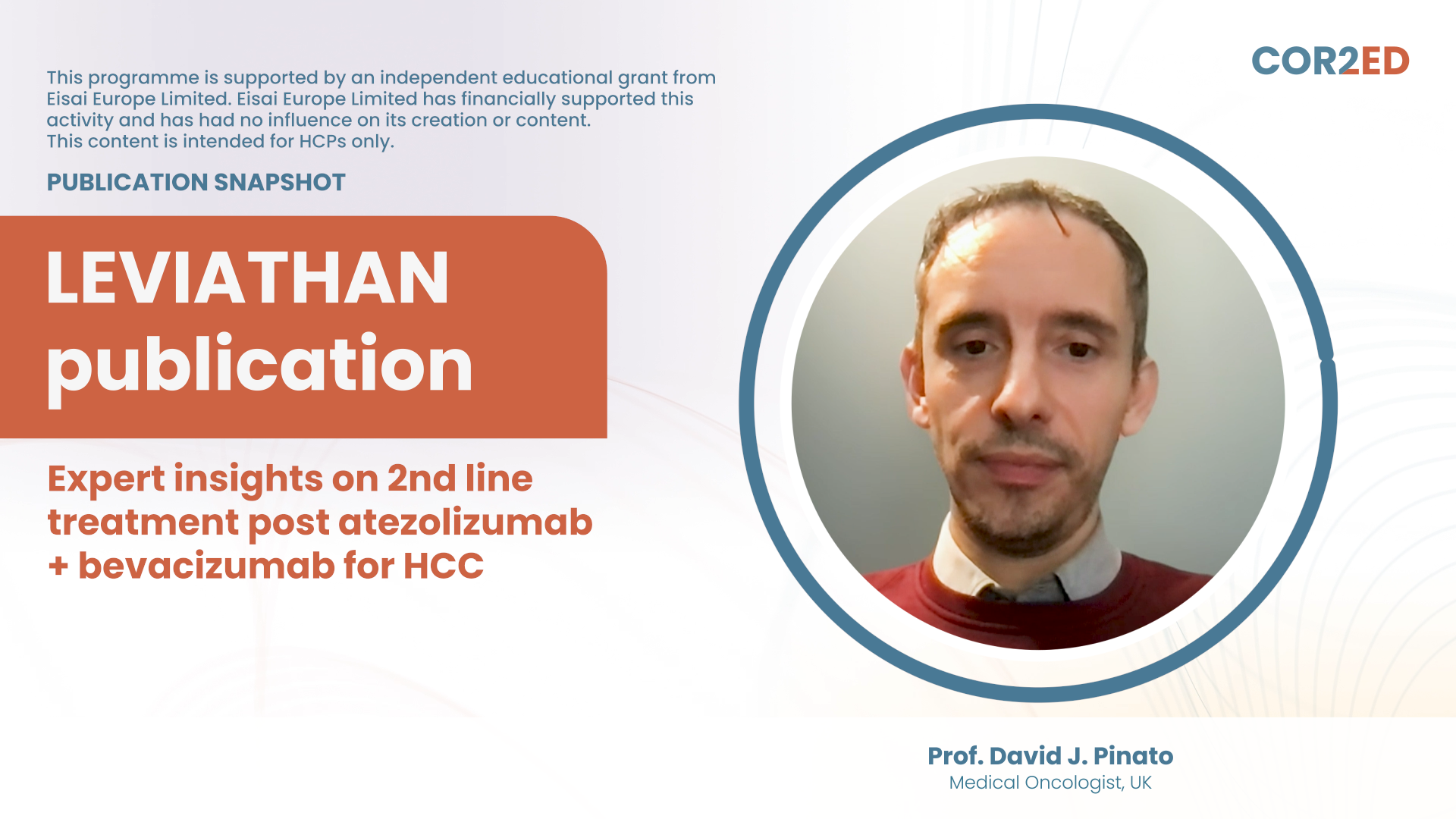In this animated video Dr Javier Cortés sheds light on the phase 3 EMERALD trial subgroup analyses and explores how these findings inform clinical decision-making in the 2nd line setting, following ET + CDK4/6i therapy, for patients with ESR1-mutated tumors.
Key topics include:
- Identifying tumors that remain endocrine-sensitive despite acquired resistance to previous ET
- Discussion of subgroup analysis results and their implications for clinical practice
- A review of alternative second-line treatment options
Clinical takeaways
- Elacestrant provides clinically meaningful improvements in PFS for patients with ER+/HER2- mBC who received at least 12 months of ET+CDK4/6i in 1st line and whose tumors harbor ESR1-mut
- The PFS benefit associated with elacestrant was consistent across clinically relevant subgroups including tumors harboring coexisting ESR1 and PIK3CA-mut, indicating that disease progression after ET + CDK4/6i in this subgroup may remain ER-driven.
- Safety analyses demonstrated that elacestrant had a manageable safety profile similar to other ETs and without evidence of some of the toxicities associated with other drug classes, such as CDK4/6i and PI3K/AKT/mTOR inhibitors.
- ESR1-mut testing should be done at 1st line progression via liquid biopsy due to disease subclonality; if negative, repeat at each progression. Archival tissue should not be used for testing due to the acquired nature of ESR1-mut


 Downloadable
Downloadable  4 MIN
4 MIN
 Nov 2025
Nov 2025 








